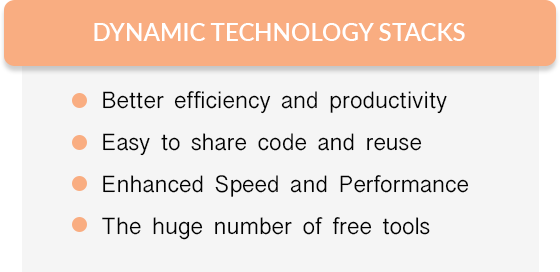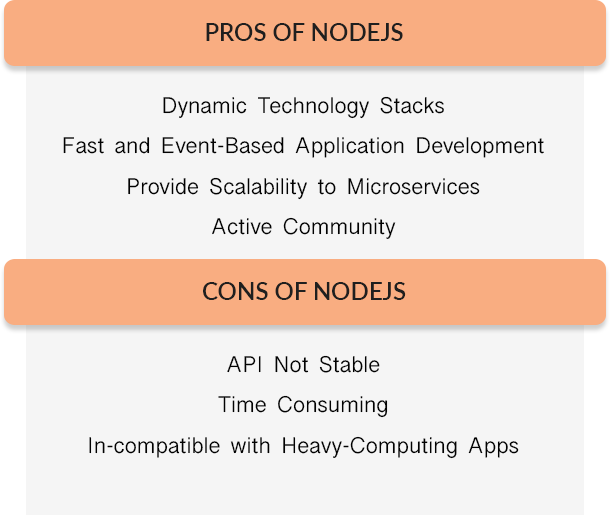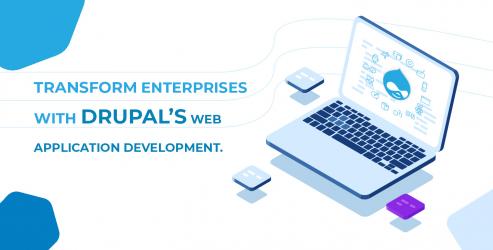
Whenever it comes to application development, there are several things that developers need to consider - like - how soon the application needs to be shipped in the market or what type of functionality it should owe, what will the total cost and how big the maintenance will be and similar others?
Well, all these elements are dependent on the development framework, hence choosing the ideal development programming language and framework will help in taking the right decision.
JavaScript - one of the most popular programing language and used as a web front-end development tool. This development technology is quite popular and first preference as a Cross-platform Mobile Development tool for various platforms such as Apache Cordova/PhoneGap, NativeScript, React Native, Appcelerator Titanium and etc.
However, Node.js distinguishes it from the rest of the framework, as it allows to execute JavaScript on the Server Side.
Overview:
Node.js, an open-source project was introduced in 2009 and sponsored by Joyent - a cloud computing and hosting solution provider. The Company invested in many technologies like Ruby on Rails framework and also provide hosting services to Linkedin and Twitter. Soon with its growing popularity and benefits, many techno companies (like Walmart, Netflix, Linkedin, eBay) adopted this technology.
As per Google Trend, this technology took off in 2014 and still backing an imperative position.
Pros of NodeJs
Dynamic Technology Stacks
The Node.js 2016 User Survey stated Javascript as the most popular programming language with 7 million users and an annual growth rate of 100%. This clearly shows that every front-end developers are familiar with this language, hence when it comes to switching to using Node.js at the back-end, developers can benefit all the pros of full stack JavaScript development. This means the time and effort required to learn and work automatically get reduced.

Moreover, with full stack web development, the developers are not confined to any limitations of the traditional MEAN stack. However, node.js is only the must-have in this case. This means the rest of the technologies can be replaced with other tools
Fast and Event-Based Application Development
In case of using a common language for both clients- and server side, the synchronization takes place at the faster speed which is crucial for event-based application development and real-time applications. And do you know, why it is possible? With the features like asynchronous, non-blocking, and single-threaded nature, Node.js best fulfills the requirement of online gaming, video conferences, chats and etc. (whenever updated data is required).
For instance; the company like Paypal switched towards node.js applications and it was a great surprise to note 35% decreases in the response time after migrating from Java.
Apart from app performance, productivity is also increased. Using the same language, developers can reuse code on front-end and back-end by creating the new level of abstraction and wrapping it into modules.
Must Read: Top Frameworks to Know for Next-Level Node.js Application Development
Provide Scalability to Microservices
As we know, Node.js is lightweight technology, it is regarded as best option for microservices architecture. Hence, breaking the application logic into small fragment or modules always allow better flexibility and lay the groundwork for further growth. Hence, it becomes easier to add more microservices on the top of the existing one to blend extra features with the basic app functionality.
Active Community
The community of Node.Js Developers is very dynamic and constantly contributes to Node.Js improvement. Further, the corporation of javaScript programmers lets the users have access to tons of available solutions, and codes in Github. Well, the community is emerging with the advancing technology, and it is assumed that new in the years to come we will witness the more positive and absolute solution Rich ecosystem.
npm is a default Node.js package manager that acts as a marketplace for open source JavaScript tools. Till date, approx 350,000 tools available in the npm registry, and over 10,000 new ones being published every week, making the Node.js ecosystem rich. These tools are being used by developers, based on the number of weekly packages downloads.
It is quite natural that every object has its own set of advantages and disadvantages. And having an understanding of both will help developers to avoid mistakes that can be the loss of money and time.

Cons Of NodeJs
API Not Stable
Node.js do not pose consistency which is one of its major drawbacks. The API changes frequently and the changes lacks backward compatibility. This increase the trouble of developers, as when it happens they have to make changes in the existing code base to ensure consistency according to the latest version of Node.js API.
Time Consuming
In Node.js, the developers need to write everything from scratch and this is actually very much time-consuming. Hence, in such a scenario, you need to hire an experienced team for developing and maintaining code.
In-compatible with Heavy-Computing Apps
As it does not support multi-threading programming, it is not compatible with heavy computing app development. The heavy computation results in the blocking of incoming requests which ultimately decrease performances.
Conclusion:
Packed with both the advantages and disadvantages, Node.js the technology may not be an all-rounder but also not less than Java, .Net framework or PHP. For instance; different technology performs best for specific cases and as far as Node.js is concerned, it is best suited for real-time applications development with intense I/O, having speed and scalability.
As we know, when it comes to app development for social networks, gaming, live chats, stock exchange software or ad servers, speed is everything. Thus, fast and scalable, Node.js Development perfectly fits in need for data-intensive, real-time IoT devices and applications.
While choosing a language or tool make sure it does make sense to your product and your business, set your priorities straight, for Web Application Development and clearly identify the benefits the technology along with the drawbacks to avoid any last minute trouble.











